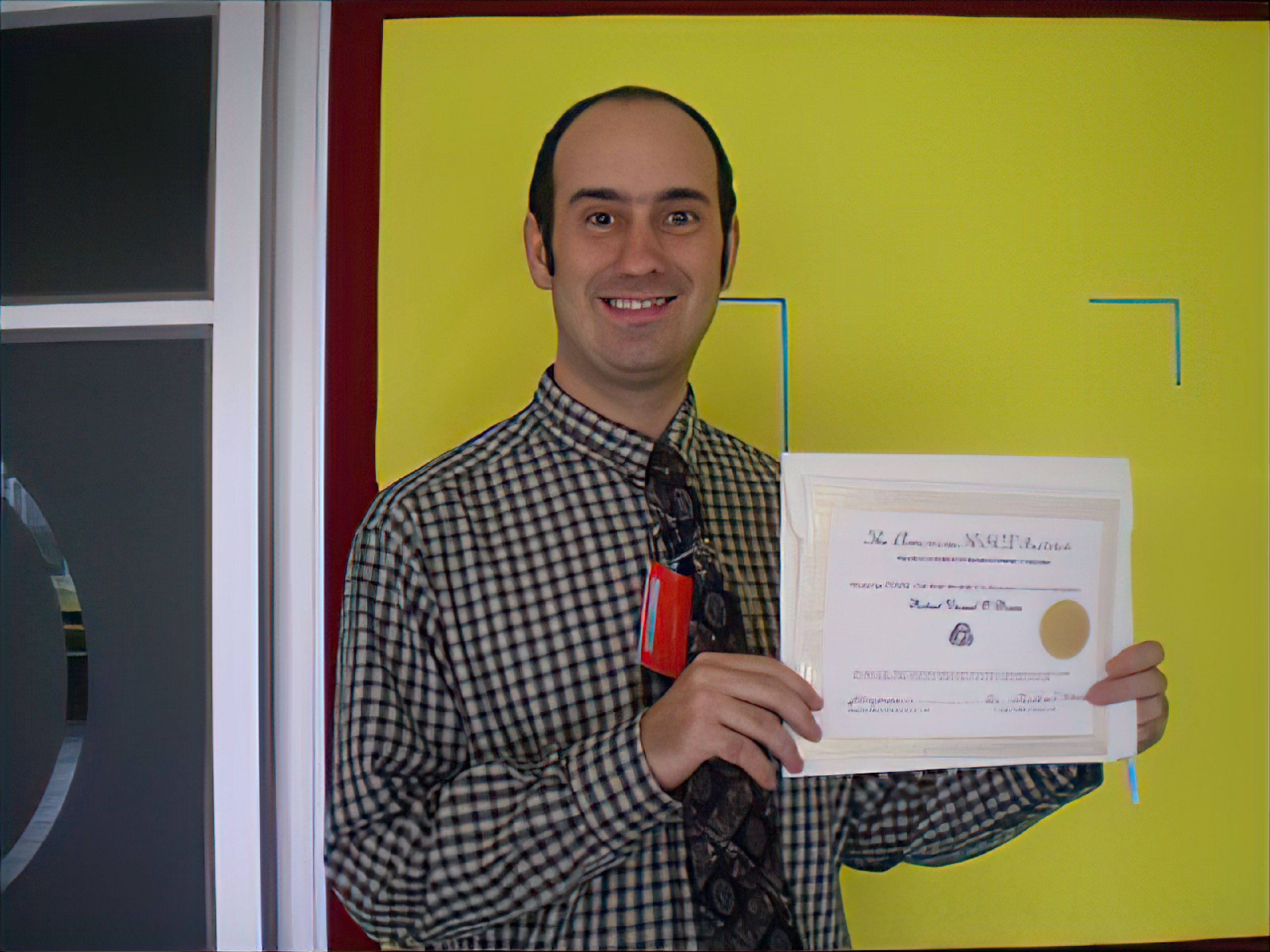TEACHING WITH MAPS
This innovative ESL learning method leverages the power of Google Maps to immerse students in English while virtually exploring diverse global destinations. By combining language acquisition with real-world geography and visual experiences, learning becomes interactive, relevant, and fun.
Learning English can be challenging, but it becomes significantly more effective when students engage with content that is visual, practical, and connected to the real world. Google Maps, a globally accessible tool for navigation and discovery, serves as an exciting platform for developing English skills in both in-person and online classrooms.
Lesson 1: Vocabulary Building with Location-Based Terms
Objective: Build vocabulary related to places, landmarks, and spatial prepositions.Activity: Begin with a virtual visit to a well-known landmark, such as the Eiffel Tower. Ask students to describe its surroundings using prepositions (e.g., “The Eiffel Tower is located in Paris, near the Seine River, across from the Trocadéro Gardens”).
- Compile a vocabulary list from the session (e.g., river, monument, square, across, beside, beyond).
- Introduce synonyms and antonyms (e.g., near/far, left/right, crowded/empty).
- Ask students to create sentences with new words.
Lesson 2: Enhancing Descriptive Language
Objective: Develop the ability to describe scenes using sensory and descriptive language.Activity: Choose a scenic location like Bondi Beach in Australia or Central Park in New York City. Have students describe the environment using all five senses.
- Visual: “The water is a deep turquoise with gentle waves.”
- Auditory: “You can hear the chirping of birds or the crashing of waves.”
- Smell/Touch: “The salty air and warm sand underfoot.”
Encourage metaphors, similes, and imaginative phrasing to enrich the descriptions.
Lesson 3: Giving and Following Directions
Objective: Practice directional language and imperative commands.Activity: Zoom into a city map, such as downtown London or Tokyo. In pairs, one student acts as the “guide” and the other as the “explorer.”
- The guide gives directions (e.g., “Walk two blocks, then turn left at the museum”).
- The explorer follows along on Google Maps and describes where they arrive.
This develops listening, speaking, and spatial reasoning in English.
Lesson 4: Cultural Exploration and Discussion
Objective: Promote cross-cultural awareness and dialogue.Activity: Select a culturally rich destination such as Kyoto, Japan or Marrakech, Morocco. Use Google Maps to visit local temples, markets, or historical districts.
- Research local traditions, food, and festivals using embedded Street View or Wikipedia links.
- Have students compare cultural elements to their own background in a group discussion.
- Create a “Cultural Fact Sheet” based on their findings.
Lesson 5: Creative Writing and Storytelling
Objective: Stimulate creativity and narrative writing skills.Activity: Explore a remote or mysterious location like Easter Island, the Amazon, or a snowy mountain village. Ask students to invent a fictional story set in that location.
- Include a setting, characters, and a conflict or mystery.
- Encourage them to use vivid descriptions based on what they see in Google Maps.
- Students can present their stories to the class or create digital storybooks.
Lesson 6: Interactive Geography Quiz Challenge
Objective: Reinforce geographic knowledge and place-related vocabulary.Activity: Mark 8–10 global destinations using Google Maps (e.g., pyramids in Egypt, the Great Wall of China, Grand Canyon, etc.).
- Students guess the location based on visual clues and descriptions.
- Give bonus points for naming the country, city, or landmark.
- Use the quiz as a review activity or competitive game in teams.
Why Use Google Maps for ESL Learning?
Google Maps as a teaching tool empowers ESL learners by offering authentic, real-world experiences. Students engage more deeply when they can:
- See and interact with real locations around the globe
- Expand vocabulary in context
- Improve comprehension and descriptive abilities
- Understand cultural diversity
- Learn through collaboration and creativity
By integrating technology and experiential learning, ESL instructors can build dynamic, meaningful lessons that bring English to life in exciting new ways.

